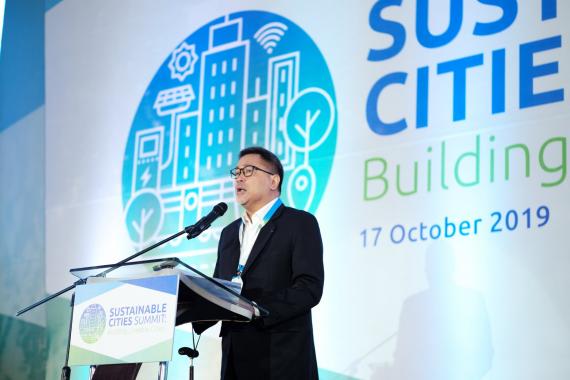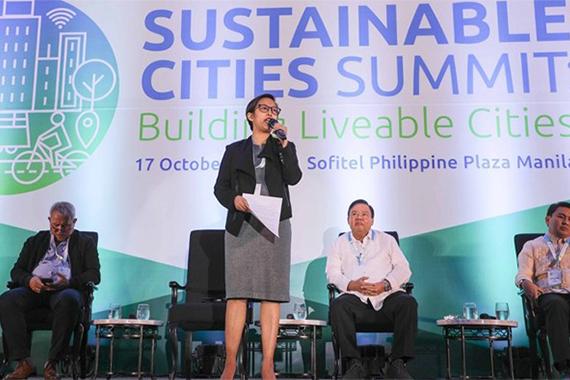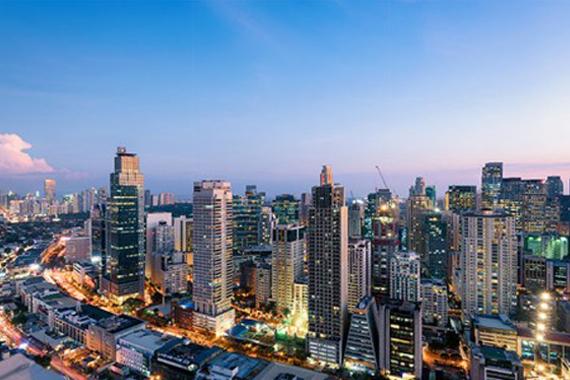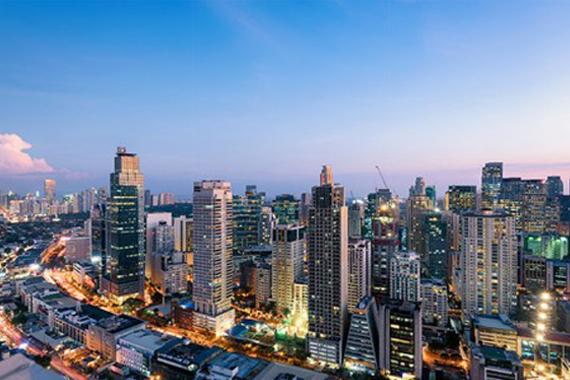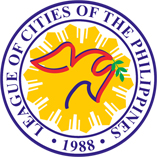From Lockdown-to-Livelihood
We have been on Enhanced Community Quarantine for over a month and it’s been extended for another two weeks until April 30 (realistically, May 4). Up to now, much of the discussion has revolved around if and when this lockdown should be lifted. But I think the operative word is how. Such a plan should be spelled out now and not announced at the last-minute. Otherwise, chaos will ensue or the number of new cases will spike, or both.
Dassault Systemes’ 3D Design and Project Management Tools for Cities
University and college students are invited to participate in the Liveable Cities Challenge by joining cities that have signed up for the design challenge and competition. In order to enable the cities in planning and designing their solutions for the Liveable Cities Challenge, Dassault Systemes will be providing design and project management software to students who agree to join city teams.
Mayors, private sector representatives gather together to make PH cities liveable
'INVESTMENT opportunities linked to the SDGs are predicted to grow exponentially ahead of other sectors. In the Philippines, the size of the prize is at least $82 billion and 4.4 million jobs by 2030,' Systemiq senior advisor Gail Klintworth said during the "Sustainable Cities Summit: Building Liveable Cities
The Liveable Cities Challenge
Two days ago, in partnership with the United States Agency for International Development (USAID), the League of Cities of the Philippines and a host of other partners, we held the “Sustainable Cities Summit: Building Liveable Cities” and launched the Liveable Cities Dashboard and Challenge. As the world continues to rapidly urbanize, there is increasing pressure on mayors to better plan their cities to take advantage of the gains of urbanization while at the same time addressing or avoiding the pitfalls and challenges of “big city” problems.
Technology important in improving governance — Mayor Binay
The importance of technology in improving governance and bringing officials closer to their constituents were underscored by Makati City Mayor Abigail “Abby” during a forum, Thursday. “I believe that leaders should adapt to the digital age and conceptualize innovative ways to make public services more accessible to our people,” she said in her..
Liveable Cities Challenge Launch
We are pleased to announce the launching of the Liveable Cities Challenge. The Challenge is a series of competitions among cities to see who can design the best solutions to address a specific problem or "pain point" of their city. This first Challenge is a design competition covering four selected aspects essential to building sustainable, resilient, and competitive cities: Mobility, Resilience, GovTech, and Basic Services.
The Liveable Cities Challenge is open to all 145 Highly-Urbanized and Component Cities in the Philippines. Cities may choose to compete in more than one category by submitting different entries.
A Fresh Start
There’s a new trend starting, triggered off by the last elections. It’s about the rise of New, Young Mayors across the country. Out of 145 cities across the country, 70 of them have new, first-term Mayors. And I just learned that out of the approximately 1,500 municipalities in the country, 600 also have new Mayors. I’m sure a number of them were actually Mayors in the past who sat out a term or two and were returning to their old posts. Some may also come from political dynasties, and thus are not really “new” to the position. Nonetheless, this presents an opportunity for a fresh start for cities and municipalities; an opportunity to re-imagine and re-define themselves as more liveable cities.
Liveable cities
The Philippines has had a spotty record of urban planning. What started out as beautifully master-planned cities generations ago have ended up as cities characterized by congestion and traffic, little or poor access to mass transit, few open spaces, parks and public spaces, and many blighted and derelict sections. And yet we’ve also seen some areas beautifully planned and built out in different parts of the country. Whether by design or accident, the parts that have become “liveable” are thriving, booming and driving growth.



